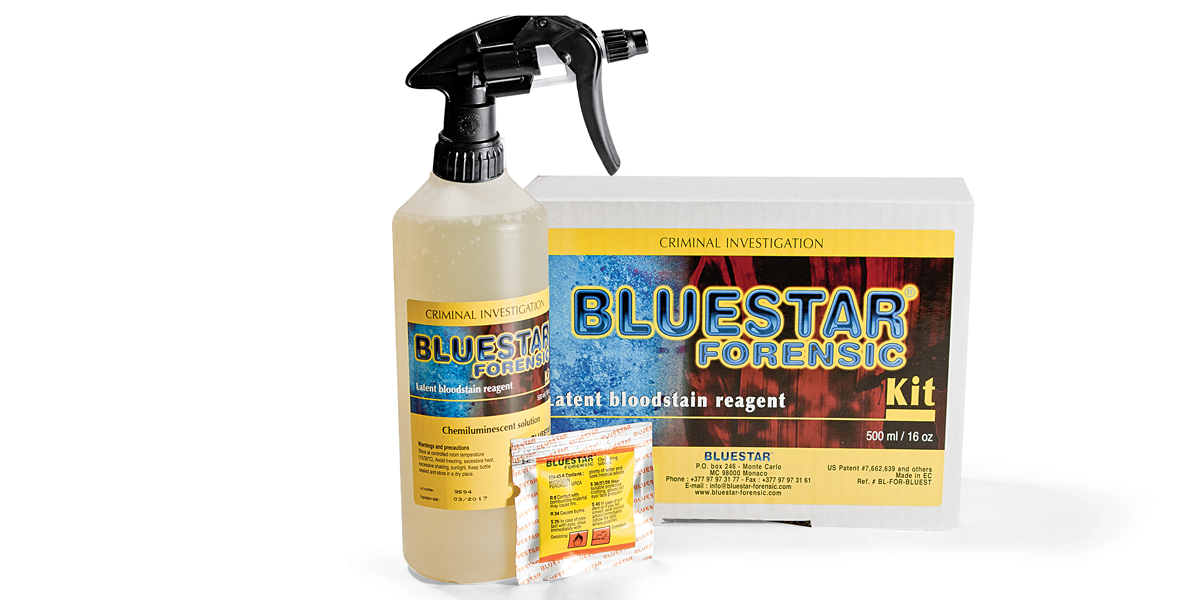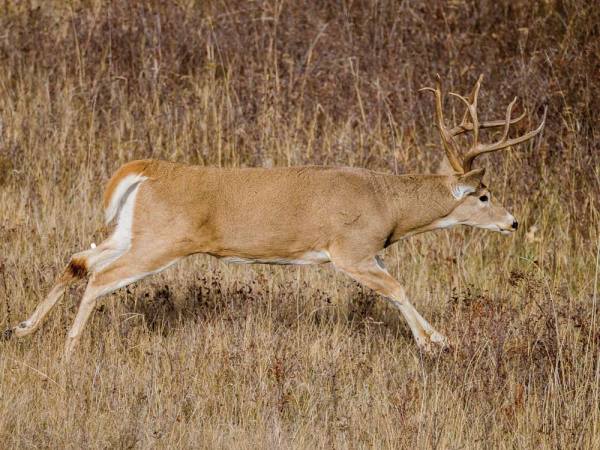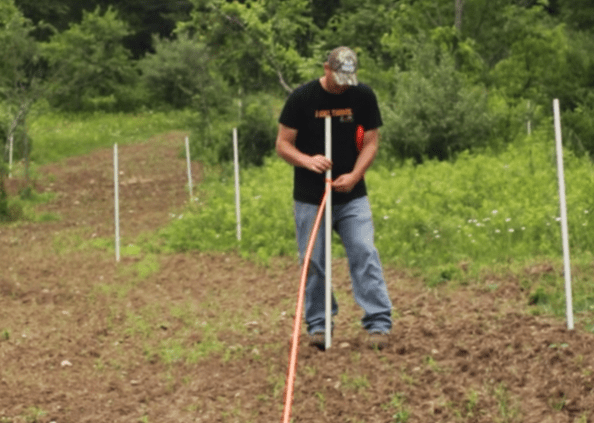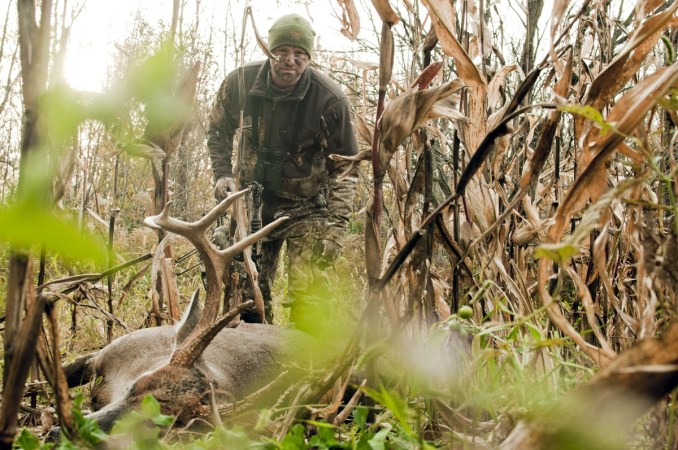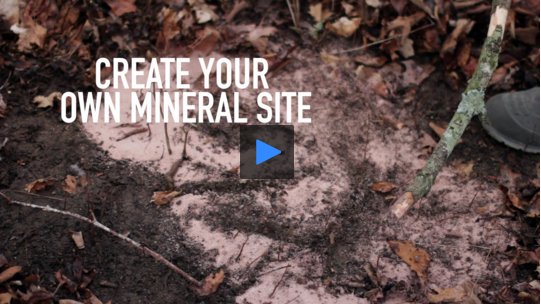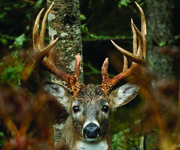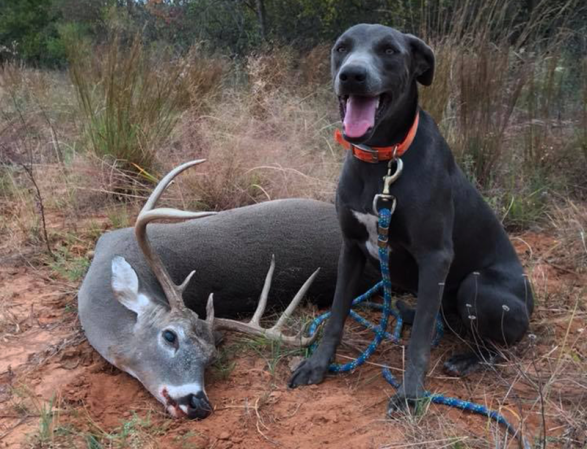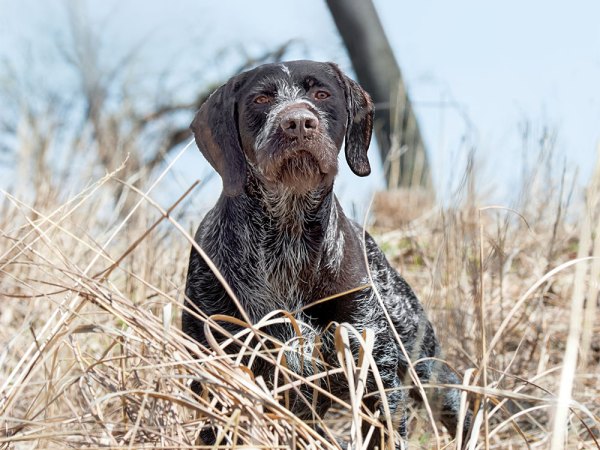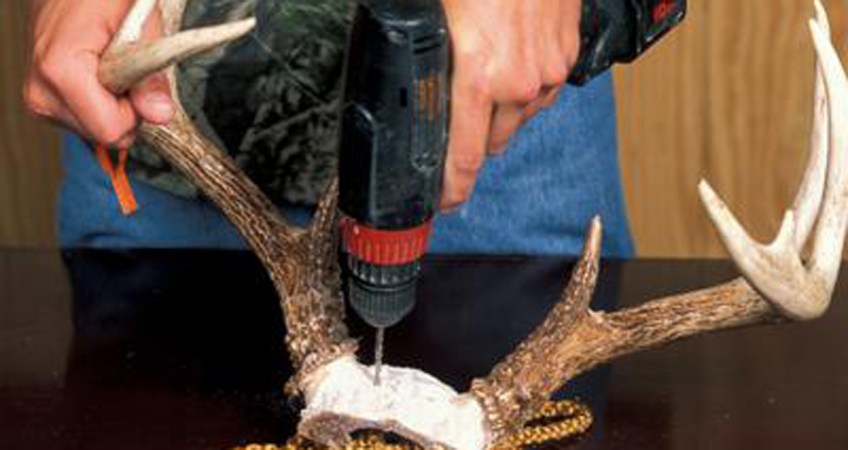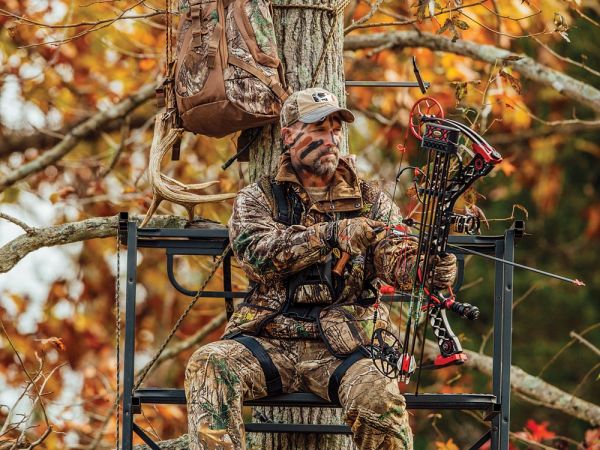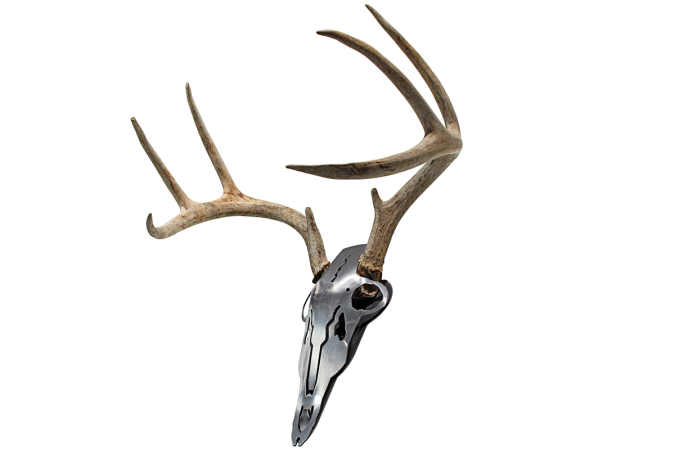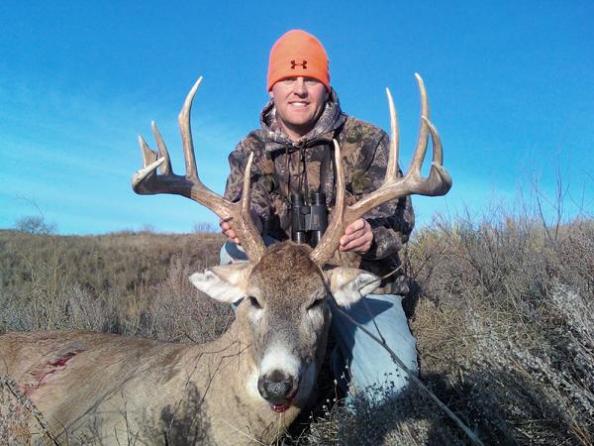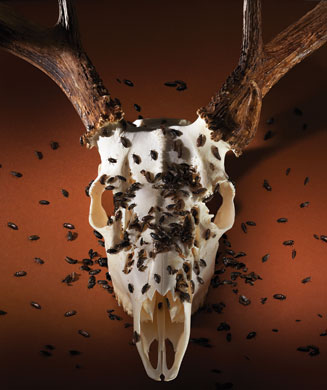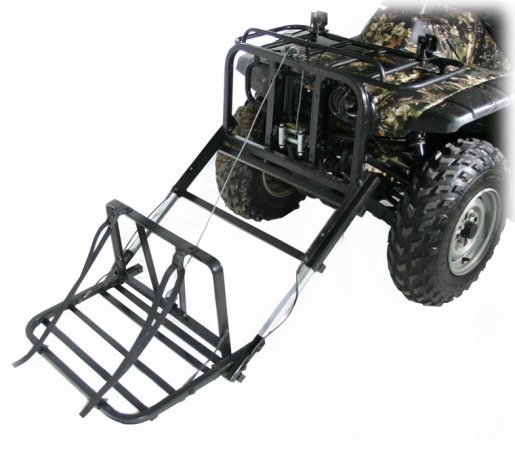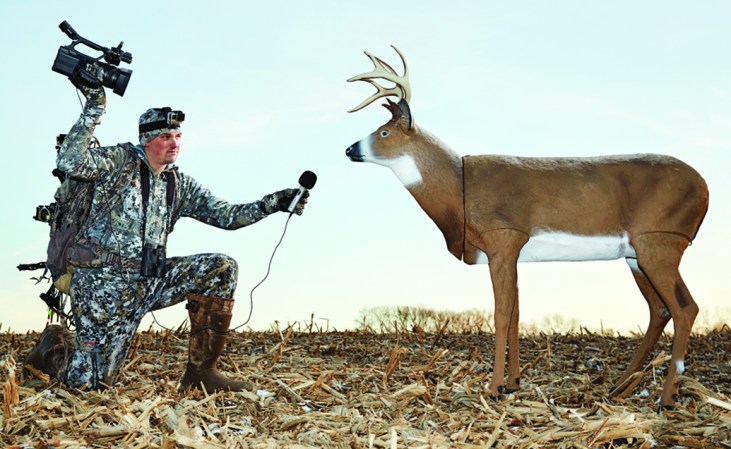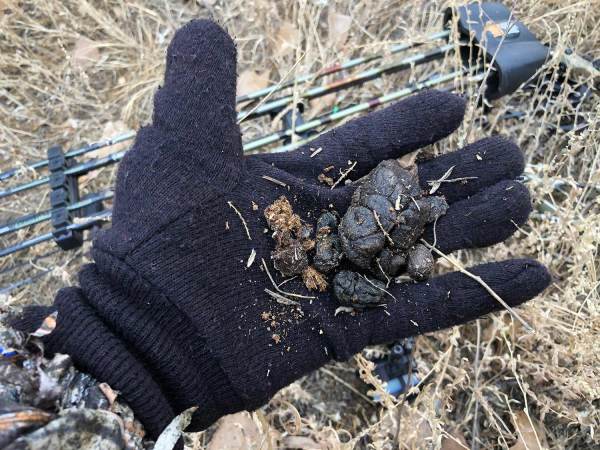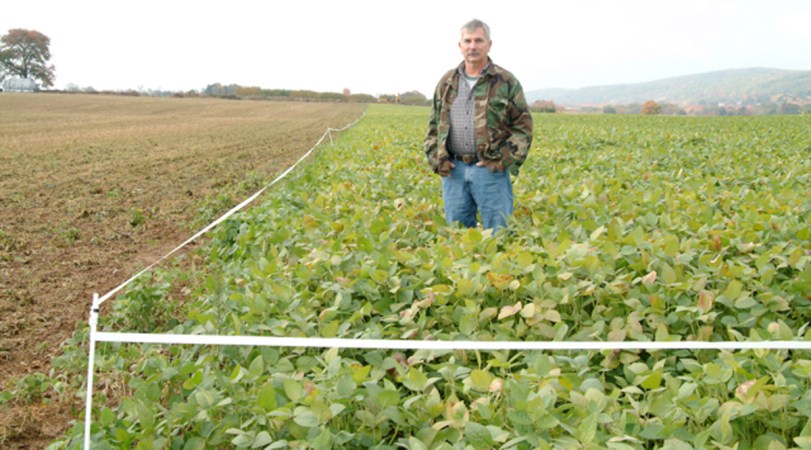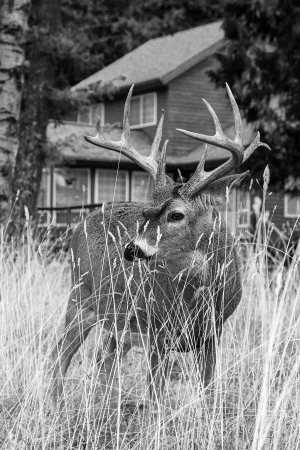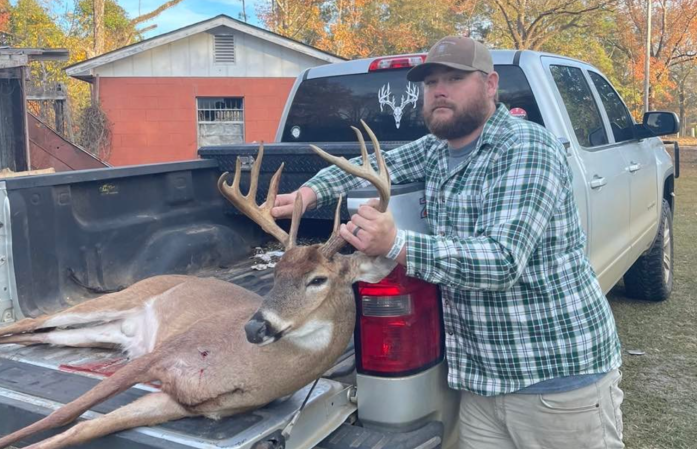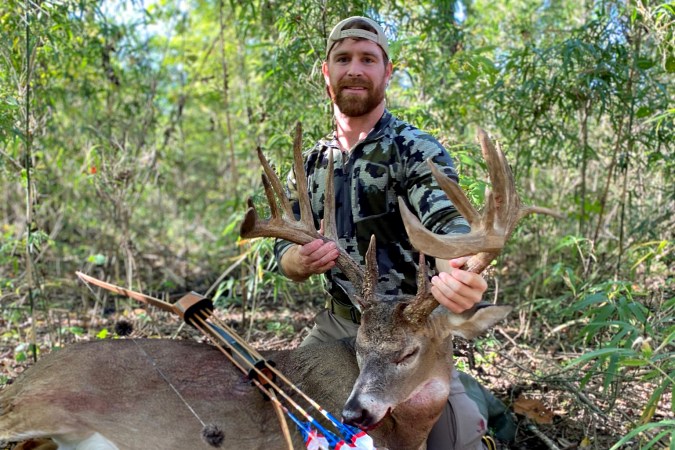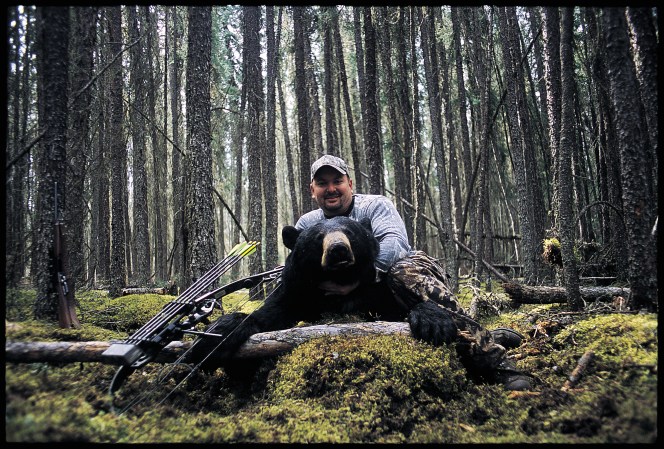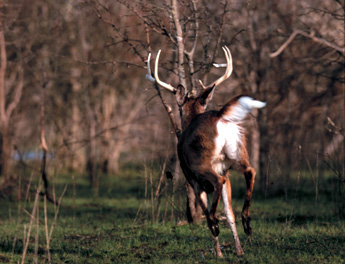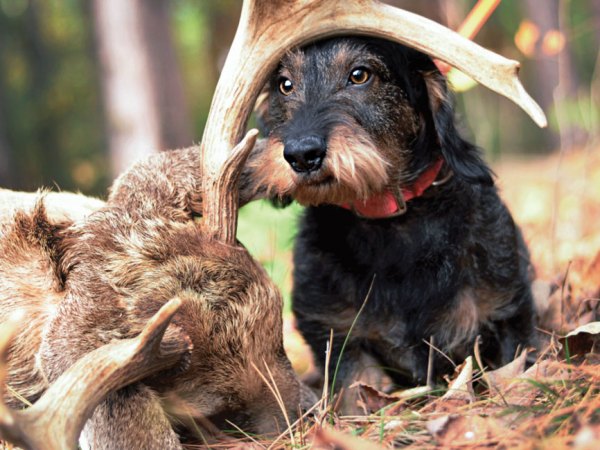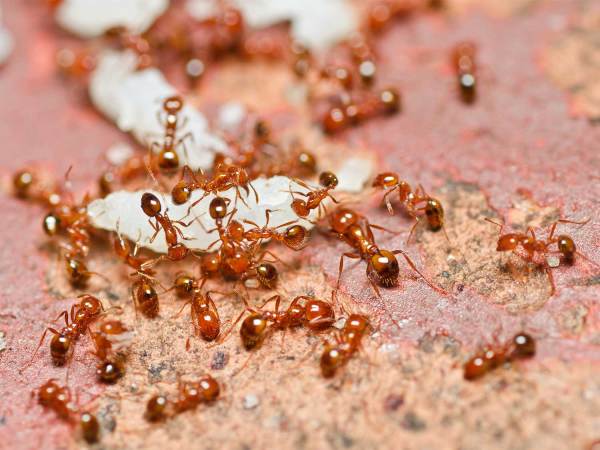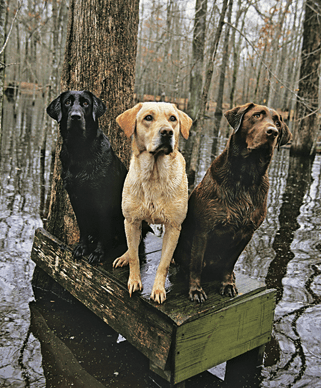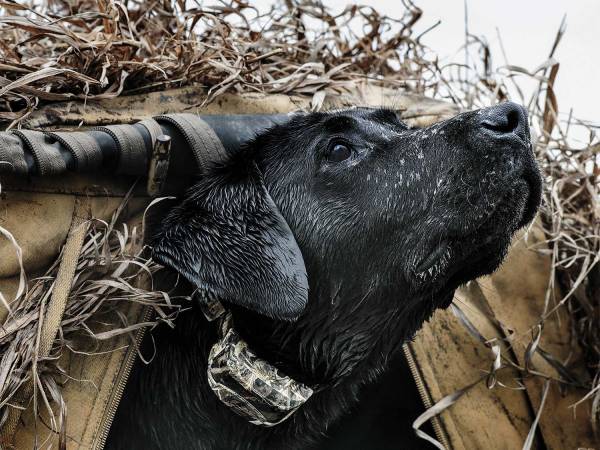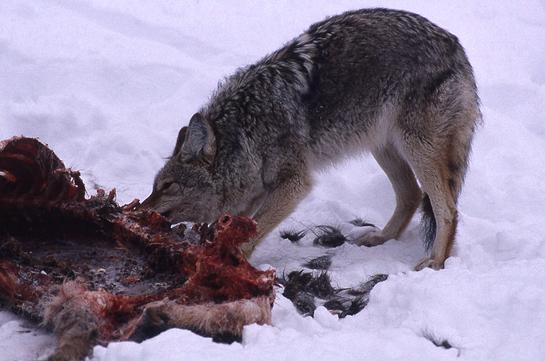We may earn revenue from the products available on this page and participate in affiliate programs. Learn More ›
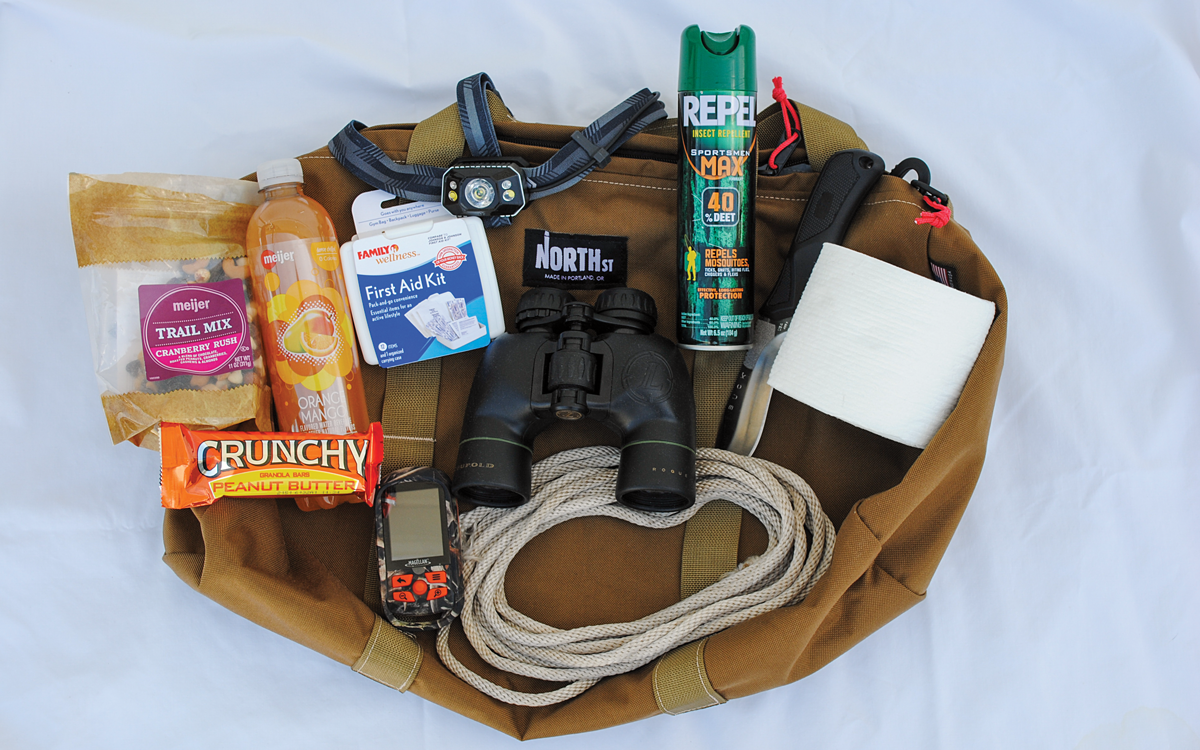
After your arrow flies or your bullet leaves the barrel, the second part of the deer hunt begins. Regardless of how good your aim is, at some point you will wound a deer and have to find it. Whitetails can run up to 45 mph and jump up to 30 feet in one leap, so a deer that’s deaf to its death knell can quickly turn an ordinary retrieval job into a needle-in-a-haystack nightmare. Just as you shouldn’t forget your bullets when hunting, don’t be without key deer-locating equipment either. You can create a deer-retrieval kit, keep it in your vehicle, and haul it out when needed.
Before embarking on a tracking odyssey, make safety your number-one priority.
“Always let someone know where you will be and what to do if you don’t check in after a few hours,” says professional tracker Robert Miller. “And, if tracking dogs are legal where you hunt, have the number of a reputable tracking-dog contact stored in your phone in case you come up empty.”
Keep a pair of knee-high waterproof boots and an old jacket and pants in your vehicle, and put them on before you start tracking.
Now pull out your deer-retrieval kit and get to work. Feel free to make additions to this basic group of items, but your kit should always include:
1. Low-power binoculars: Good for periodically scanning ahead to look for the deer bedded or dead.
2. Biodegradable marking tape or toilet paper: Good for marking the blood trail and studying the animal’s flight pattern.
3. A high-power light: A flashlight or headlamp that emits at least 200 lumens will light the way and help you follow the blood trail. Don’t forget spare batteries in case your light dies halfway through a tracking job.
4. Luminol and a spray bottle: Crime-scene investigators use the blood reagent Luminol to detect bloodstains and spatter. Add water to create a chemiluminescent reaction that makes blood glow fluorescent blue, helping you find or follow a blood trail at night.
5. Compass or GPS: Use this to help determine a deer’s flight path, and to prevent yourself from getting lost while following a blood trail.
6. Insect repellent with DEET: Tracking a wounded deer may expose you to pesky and potentially dangerous bugs and ticks. Apply insect repellent whenever you’re searching in warm weather.
7. Small first-aid kit: For treating various injuries that can occur while you’re tracking.
8. Portable snacks and water: Hunting for a wounded deer is hard work. Don’t let a rumbling stomach or a dry throat cut short your tracking job.
9. Deer drag or haul rope, knife, and field-dressing gloves: For when you do find your deer.
Finally, while deer hair and blood identifying charts are not part of my kit—I find that the information they provide can be misleading—many hunters find them useful.
